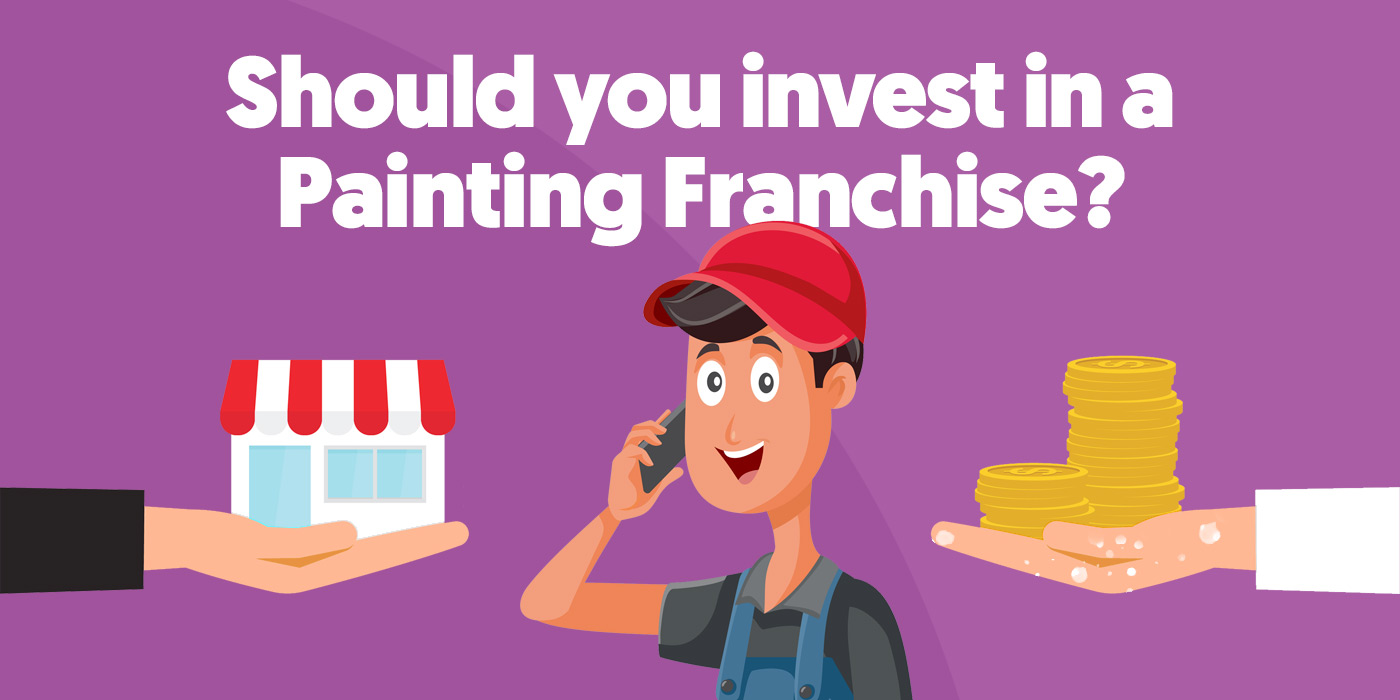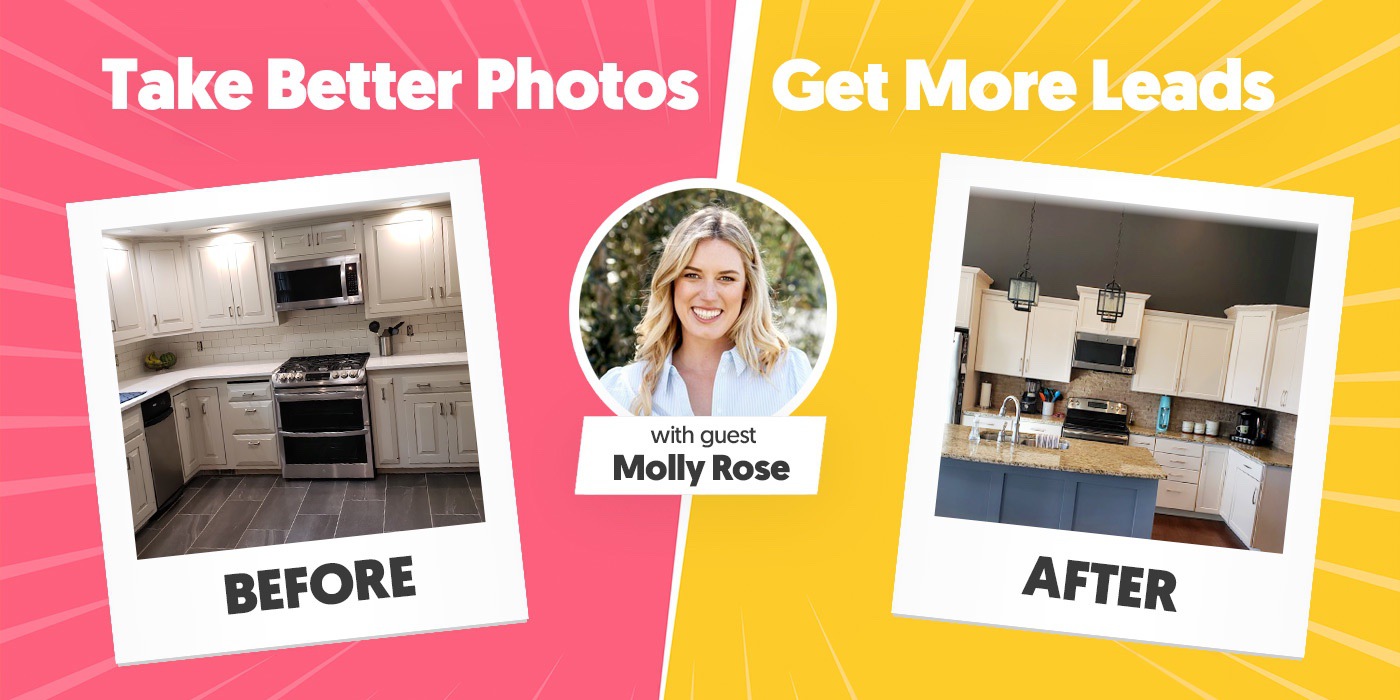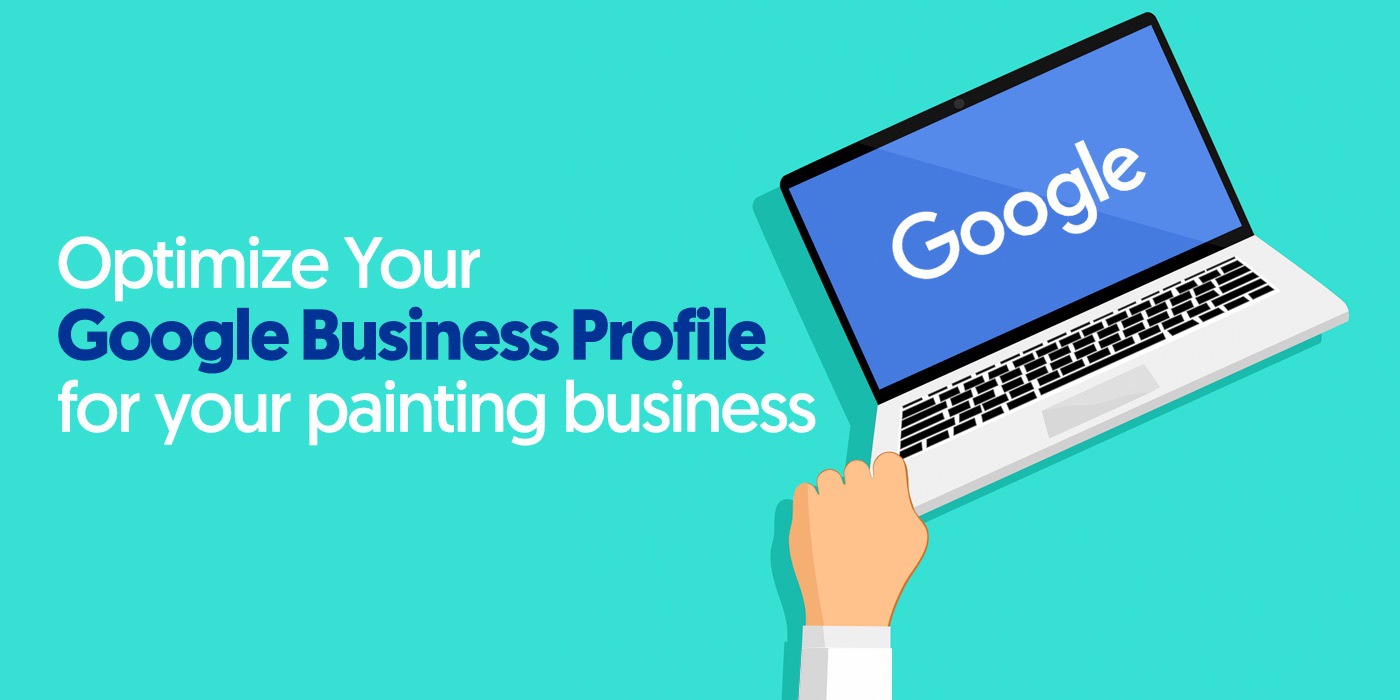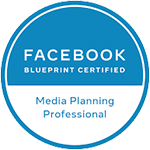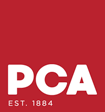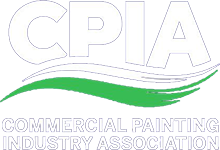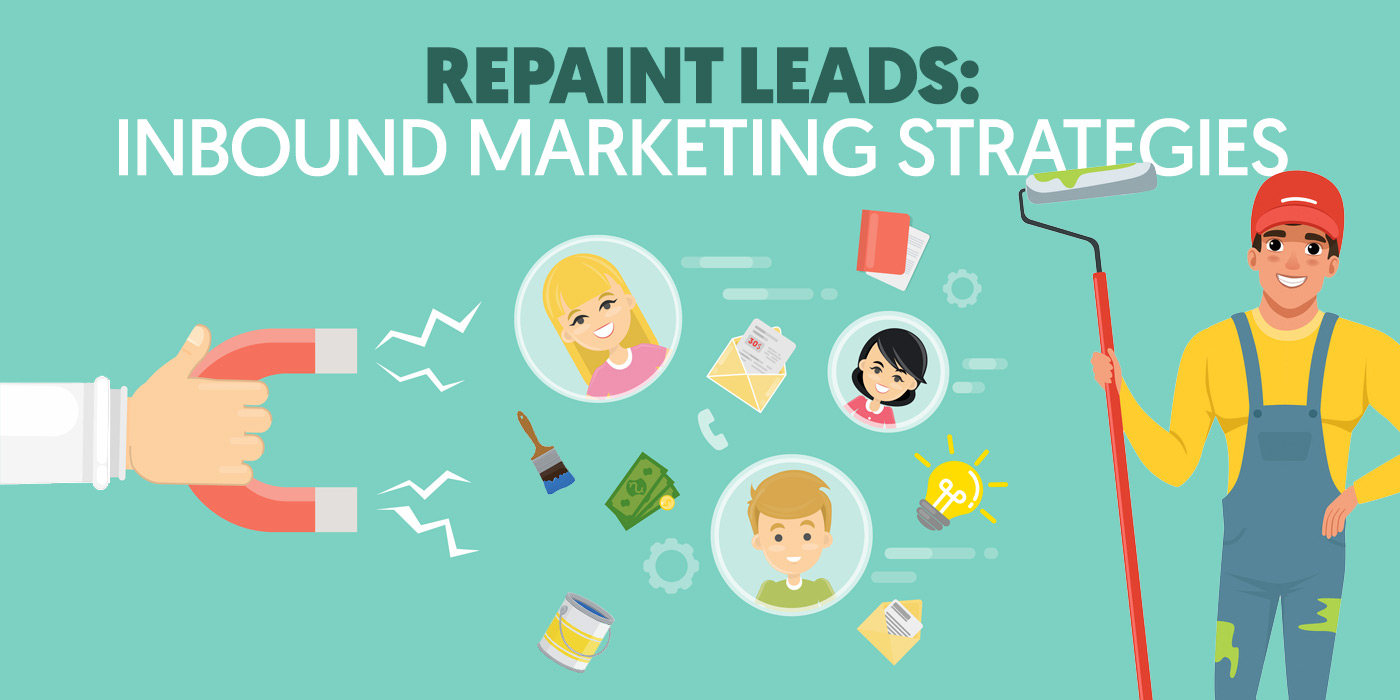
Inbound marketing draws many parallels to the award-winning Christopher Nolan film Inception. (This is a spoiler-free zone, but you’re doing yourself a disservice if you haven’t seen this movie yet!)
In this movie, Leonardo DiCaprio tries implanting an idea in someone’s mind, but to make it stick, the idea must seem like their own.
Similarly, inbound marketing plants the seeds of trust to build a reputation among your target audience. This not only reduces the amount of effort required to capture high-quality repaint leads, but also reduces your dependency on ad spend.
Wouldn’t it be nice to acquire new business without investing a single penny into advertisements?
Here’s how…
What Is Inbound Marketing?

Inbound marketing is a practical way to drive traffic toward your painting business, organically. You may ask, “Doesn’t every marketing strategy try to achieve this goal?”
In a sense, that is correct. However, conventional advertising (otherwise known as outbound marketing, active marketing, or direct marketing) uses advertising resources to sell a product to its audience, directly.
In contrast, inbound marketing uses relevant content and messaging to build trust around an audience that should consequently seek out your services when they are ready to buy.
Inbound marketing is also known as passive marketing or brand building — Websites and social media are both forms of inbound marketing.
Benefits of Inbound Marketing for Repaint Lead Generation
Inbound marketing has several benefits compared to outbound marketing (otherwise known as active marketing):
Inbound marketing is a fantastic way to attract new, high-quality repaint leads. It’s the best way to engage with your audience with value-adding content and information.
This self-sustaining, long-term business investment helps your painting company build trust and authority in your local market.
Think of inbound marketing as “word-of-mouth” on steroids.
For best results, we encourage the use of multiple inbound strategies, which we’ll discuss below.
Inbound Marketing in Action

To better understand inbound marketing let’s use an example from another industry:
Imagine you want to buy a new car. You spend time searching the internet to find the right make, model, and year that best fits your needs and budget. During your search, dozens of auto companies bombard you with ads about their latest models, but none of them suit your needs (this is outbound marketing).
During your search, you stumble across an article on your favorite environmental blog. The content mentions how a new model from BMW is making waves in sustainable technology. While not an advertisement, this content prompts you to explore BMW’s website and finally commit to a vehicle that fits your needs.
This hypothetical scenario demonstrates the power of public relations in an inbound marketing strategy.
So how can we apply this to the professional painting industry?
Rather than demanding your prospect’s attention through flashy ads, build value-adding content around their pain points.
Inbound vs Outbound Marketing
Outbound marketing relies on direct engagement to pitch a product or service. Think online ads, cold calling, or direct mail marketing.
This approach is best for new painting companies or as a way to fill gaps on the calendar.
However, outbound marketing is not the most effective approach when trying to build a reliable, long-term lead generation strategy for your painting business.
On the other hand, inbound marketing caters your prospect’s wants and needs by building content that directly or indirectly solves a problem. For instance, this blog post is a form of inbound marketing!
Now let’s review the best inbound repaint lead generation strategies for your painting business…
Inbound Marketing: Repaint Lead Generation Strategies
Painting Contractor Websites Paired with SEO
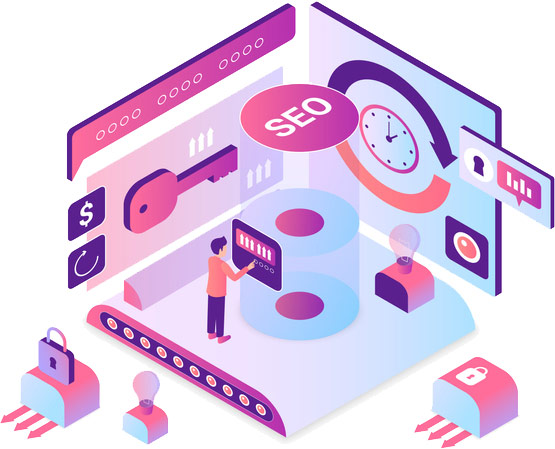
A high-quality, well-optimized website for your painting company is the single best business investment you can make to improve inbound repaint lead generation.
Developing a painting website that converts has less to do with what looks nice on screen and more to do with conversion optimization and search engine optimization.
Fortunately, we have in-depth to assist you with both:
Be sure to scan your painting website for issues that could impact your organic rankings on Google.
Good news — We have a free tool for that too:
Organic Social Media Posts
Social media is a valuable inbound marketing tool for acquiring new repaint leads. Billions of users are active on social networks across the US and Canada every single day.
While organic social posts (anything you post to social media that does not require advertising) have a limited reach of roughly 5% of those who like your page/profile, it can still be a great way to build trust for those researching your business.
Every social media network requires a different organic strategy. For instance, hashtags on Instagram have more reach than on Facebook, but the underlying goal is the same — To build trust and authority.
The best part? To build an effective social media marketing strategy requires very little effort. Weekly or monthly posts to your social profiles is plenty.
These articles will help you build a solid social media inbound marketing strategy for your painting business:
Online Reviews and Customer Testimonials

Before you invest too much time and energy into acquiring new customers, utilize those you have already worked with.
Online reviews are one of the most important ranking factors on Google Local Search.
In addition to SEO, positive reviews play an important role in decision-making. Consider that most of your new prospects will inevitably obtain a second or third estimate from your competitors.
With all things equal, if you have more social proof that immediately gives you a competitive advantage.
Save time and money and let your customers promote your business for you:
Guerrilla Marketing with Vehicle Graphics, Yard Signs, and more…
No, guerrilla marketing is not dead, in fact, it’s very much alive. This creative inbound marketing strategy is something many painting contractors simply ignore due to a lack of confidence in the results.
Understanding HOW to implement these strategies and WHY they work should ultimately guarantee a future return on investment.
A guerrilla marketing strategy can be as simple as throwing a yard sign in front of the house you’re painting. This cost-effective approach can lead to big wins with very little effort!
Be sure to read through our article detailing over 30 strategies to generate new painting leads:
Focus on The Inbound Strategies That Produce Results

It doesn’t matter if you own a small painting business or a multimillion-dollar franchise, data analysis is the only way you can scale efficiently.
Having the right tools to track your inbound marketing campaigns is critical to your success. Invest in software that can track calls, monitor clicks, and ultimately determine which campaigns are generating the most closed jobs for your painting business.
Having this information will help you determine where you should spend most of your time and energy.
Here is a list of FREE marketing tools that can help your painting business monitor these numbers:
Don’t Have Time to Develop an Inbound Marketing Strategy?
At Base Coat Marketing, we do the heavy lifting so you can focus on what’s important: Growing your painting business.
Most marketing agencies require an extensive brief on the painting industry before they can begin this type of work, and results vary greatly. With over 14 years of industry experience, we aim to secure your ROI in the first 30-days.
To avoid conflicts we only serve one painting company in each region. So give us a call today to discover how we can help scale your painting business before your competition does!



